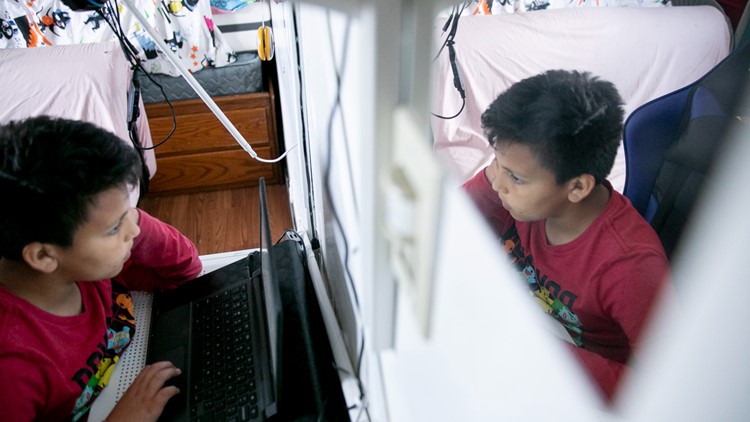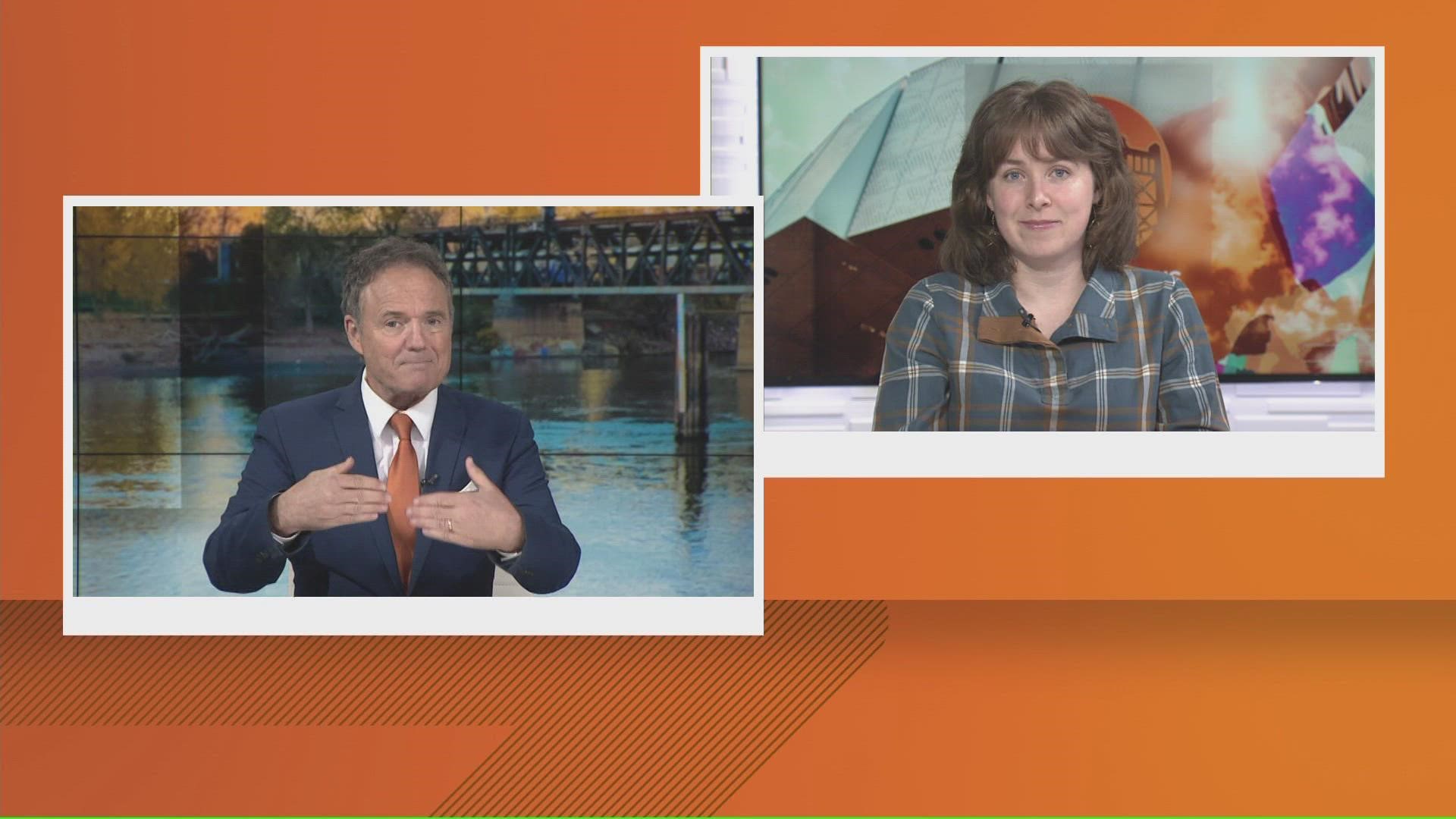CALIFORNIA, USA — This story was originally published by CalMatters.
State lawmakers are scrambling to craft a better solution for COVID-quarantined students — after schools and parents complained that recent changes to independent study laws were leaving them in the lurch.
“Independent study has been a nightmare this year,” said Terri Rufert, superintendent at Sundale Union Elementary School District in Tulare. “This seems to help us a little bit.”
The changes, proposed in the wake of a CalMatters report about problems applying independent study rules during quarantines, would relax those rules for students in short-term quarantine, and ensure that school districts can earn funding for students taking independent study while isolating at home.
They are contained within Assembly Bill 167, which aims to “clean up” language in the education trailer bill passed in early July. Legislators have until Friday to pass this cleanup bill.
Under current law, all of California’s districts must offer independent study as the only alternative to in-person instruction for those students who don’t yet feel safe returning to campuses. Existing laws require daily virtual, real-time instruction and limit student-teacher ratios.
But because independent study is the only alternative to in-person learning, students in quarantine have been left in limbo. Districts said it wasn’t worth taking multiple days to meet with parents and plan out an independent study regimen just for a 10-day quarantine.
And on top of that, Rufert and other district administrators have complained that this year’s new independent study rules worsened an already alarming staff shortage by requiring districts to move classroom teachers into independent study.
The law’s provisions “enhanced the existing program to ensure students receive comparable curriculum and increased time with teachers,” said Democratic Assemblymember Patrick O’Donnell of Long Beach, chair of the Assembly Education Committee.
Prior to these proposals, O’Donnell said his office would “monitor and contemplate adjustments if needed.”
Under the proposed revision, districts would be able to provide students with a simplified version of independent study for 15 days without live instruction. This would mean teachers could give students packets or other instructional materials, and their school districts could still count these students as present and collect their attendance-based funding.
Districts would be able to claim this funding starting on Day 1 of a student’s quarantine, as long as they provide independent study and they obtain a signed independent study agreement from a parent within 30 days.
After 15 days, though — if a student needs to quarantine more than once — the same problems would return.
“For the first 15 days it’s pretty lax,” said Samantha Tran, who oversees education policy for Children Now, a research and student-advocacy group. “After that point, there’s a minimum level of standards that kick in.”
Beyond the 15 days, the original independent study rules would reactivate, requiring live instruction from teachers.
Rufert said she’s already had some students quarantining for close to 20 days. She said if the revisions become law, she’ll just forfeit the state funding for any students out longer than 15 days because it’s not worth setting those students up for a full independent study program. While these students might be counted as absent, teachers will continue assigning them work. Rufert said the district hired a separate instructional aide who’s available during the school day to help any students learning from home.
“I can’t. It’s too hard. I’ll just lose that money,” she said. “That 15 day limit for the whole year, that’s gonna kill us.”
While educators are reeling from independent study laws, Tran said districts need to ensure all students, whether they’re on campus or at home, receive the highest quality instruction possible.
“I think we’re trying to create a path forward that’s mindful of the reality on the ground,” she said. “From an equity perspective, we’d want independent study to be even stronger.”
Among its other proposals, AB 167 would also allow substitute teachers to work in the same classroom for 60 days, doubling the current 30-day limit. Educators across the state said this will partially relieve the ongoing shortage of substitutes.
“We’re all completely out of subs right now,” said Amanda Brooke, a deputy superintendent for the Imperial County Office of Education. “This will help us with manpower.”
The proposed changes also provide leeway for districts that in a worst-case scenario simply run out of staff. School districts can be reimbursed for absences if an entire school shuts down due to staffing shortages, as long as students receive independent study.
“This is helpful for sure,” said Barrett Snider, a lobbyist who advocates for school administrators. “Especially for a lot of rural districts having to shut down because they don’t have enough staff.”
But the bill does contain some ambiguous language. It requires that districts must have “exhausted all options for obtaining staff coverage” to qualify for this reimbursement.
“We’re talking to different attorneys about this,” Snider said. “We’re still dissecting that language.”
CALmatters.org is a nonprofit, nonpartisan media venture explaining California policies and politics.
RELATED:



